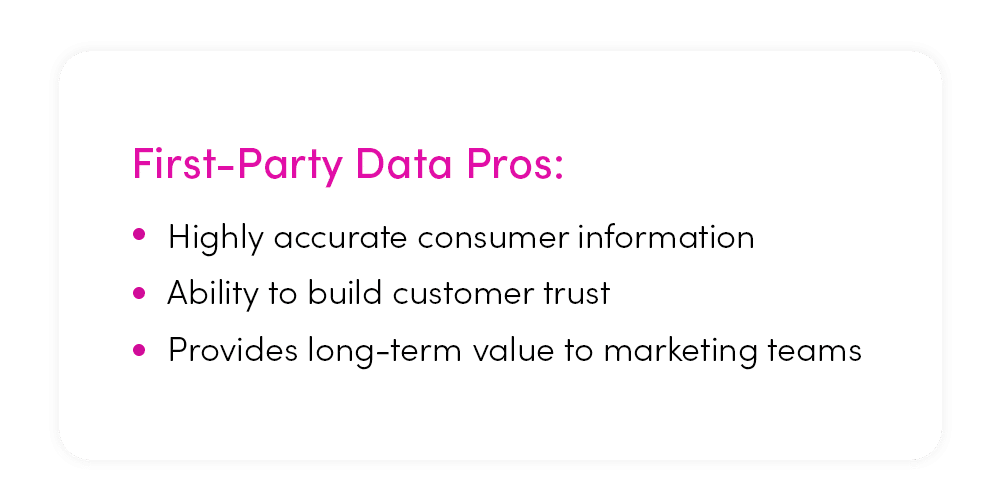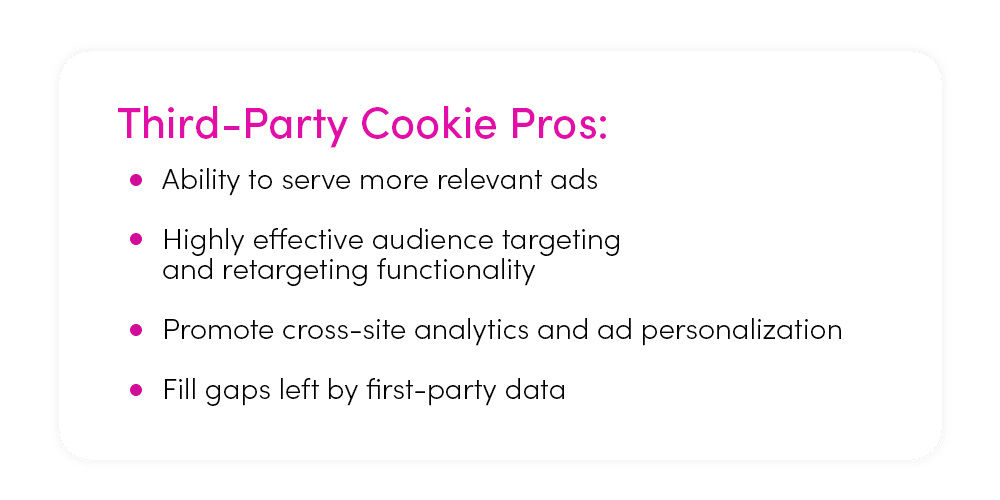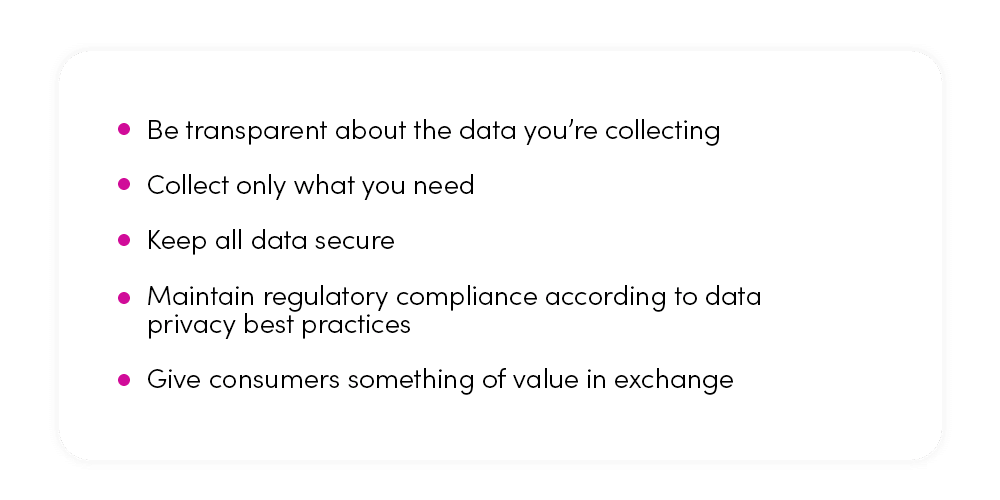Years ago, Google announced that it was stripping marketers of third-party cookie access and would soon evolve their Privacy Sandbox completely around first-party data. The (human)x team dug into research, created new marketing strategies to bulletproof our clients’ campaigns, and published tips and tricks for marketing with only first-party information in the near future.
And then this summer, Google did a full 180 and announced that their new approach will combine third-party cookies and first-party data to give users the ultimate choice about what types of information they want to share. While no one ever said that keeping pace with changing marketing strategy would be easy, our (human)x staff is here to help you navigate the ever-evolving landscape.
In this article, we’ll dive into this new “first-party data meets third-party cookies” arena to uncover the benefits, challenges, and considerations you’ll need to focus on in coming months. And, if you want a little extra support incorporating first- and third-party data, (human)x can help you devise a marketing strategy that balances the strengths of both.
First-Party Data, Meet Third-Party Cookies: The Benefits of Each Data Source
First-party data is considered the creme de la creme of consumer information. It’s collected directly from customers through website visits, transactions, in-app behaviors, opt-ins, surveys, and other interactions where customers know they’re giving this information away. Because first-party data comes straight from the metaphorical horse’s mouth, it’s often thought of as the most valuable asset to a marketing team.

Third-party cookies, also known as tracking cookies, are bits of embedded HTML code that are placed by an outside source onto a website in order to track user behavior. For many years, third-party cookies were under pressure because of very valid data privacy concerns. The trouble is, this method of data collection is also extremely valuable to marketers and can make the user experience even more streamlined.

An Important Reminder About Privacy, Transparency, and Trust
As we mentioned above, the biggest reason that Google was moving toward third-party cookie removal (and why Firefox and Safari made the switch to first-party data years ago) was due to privacy concerns. Anytime a business is attempting to gather information from consumers, either through user input or cookie collection, it’s imperative to remember that consumer privacy and legal compliance is paramount.
Whether you’re asking website visitors to subscribe to your mailing list or asking them via pop-up to accept third-party tracking, follow these simple guidelines to maintain trust and safety with your audience:

The Foreseeable Challenges of Third- and First-Party Data Integration
While giving consumers choice as to which cookies they want to opt into is ultimately the right move from a data privacy perspective, it makes a marketer’s job feel much more like guesswork. That word leaves a terrible taste in any ad creative’s mouth, because the backbone of great marketing is, in fact, data.
We want dependable sources for consumer information so we can generate the most effective campaigns, but what happens if users just reject all third-party cookies moving forward? The (human)x team anticipates that many users will still accept some third-party cookies, meaning that brands should keep a mix of third- and first-party marketing strategies in their back pockets. However, we want to caution businesses against throwing all their efforts back into the third-party system, just in case they slowly lose value over time on their own.
Putting It All Together: Integrating Third-Party Cookies with First-Party Data
It’s clear that first-party data and third-party cookies both bring benefits to the table, which means you’ll likely want to incorporate them both into any future marketing strategy, especially if you rely on Google Ads to reach target audiences. So how can your brand develop a robust marketing strategy that combines the strengths of both approaches? Before you let the overwhelm of the situation make you throw your hands up in frustration, try partnering with (human)x for support.
(human)x has extensive experience merging third-party and first-party data to extract valuable human insights. Data collection and use are complex topics, (human)x has in-house research experts that are specialists in merging first-party and third-party data to build customer personas and extract valuable insights based on the combined data. We even built our proprietary data analytic software that’s powered by AI to help clients enrich their data set and accurately predict consumer behavior.
Get the Marketing Strategy Support You Need With (human)x
Navigating the world of data collection is complex, so schedule a free consultation with the (human)x team to find out how we can help your company. Generating or implementing new strategies can cause stress for internal teams or leave you wondering how much of your budget and resources should be allocated to this first- and third-party data collaboration.
We’ll help you weigh the pros and cons, devise a marketing strategy that seamlessly combines first-party data and third-party cookies, and ultimately create more effective, personalized marketing campaigns – just reach out to our PhD-led team to get started!
